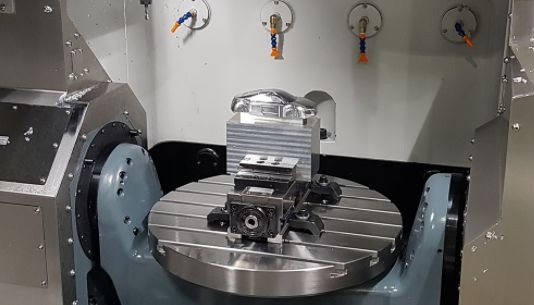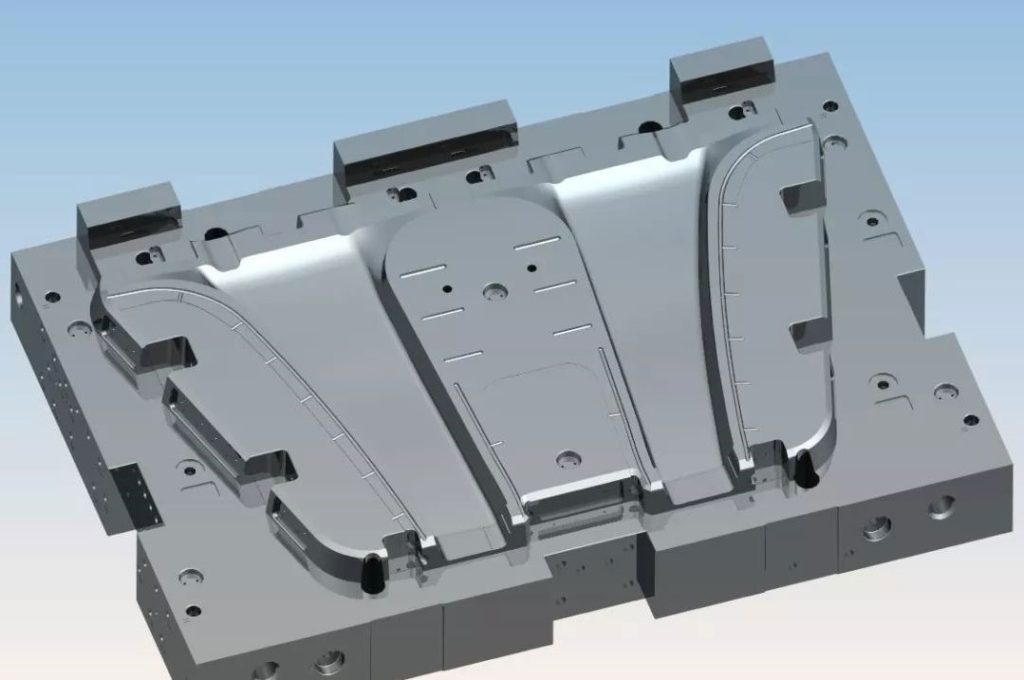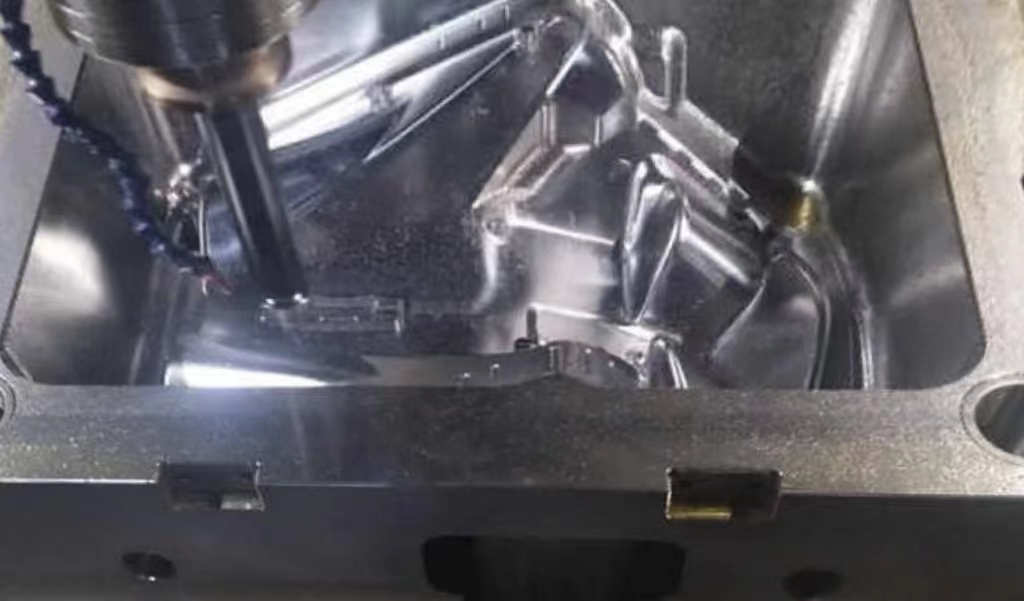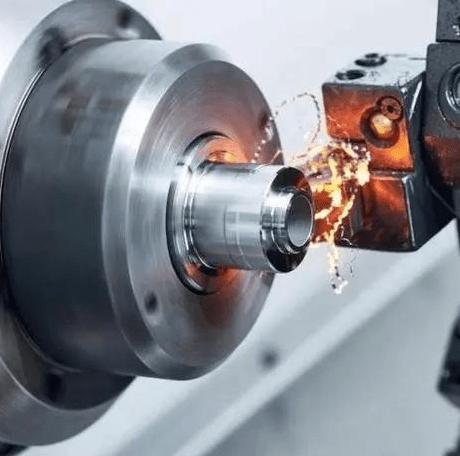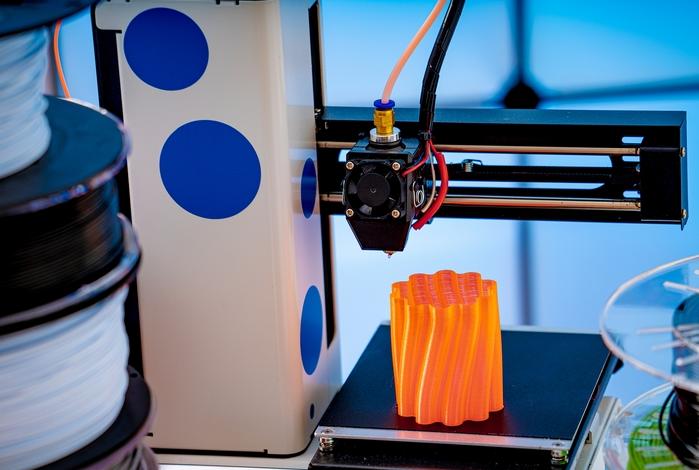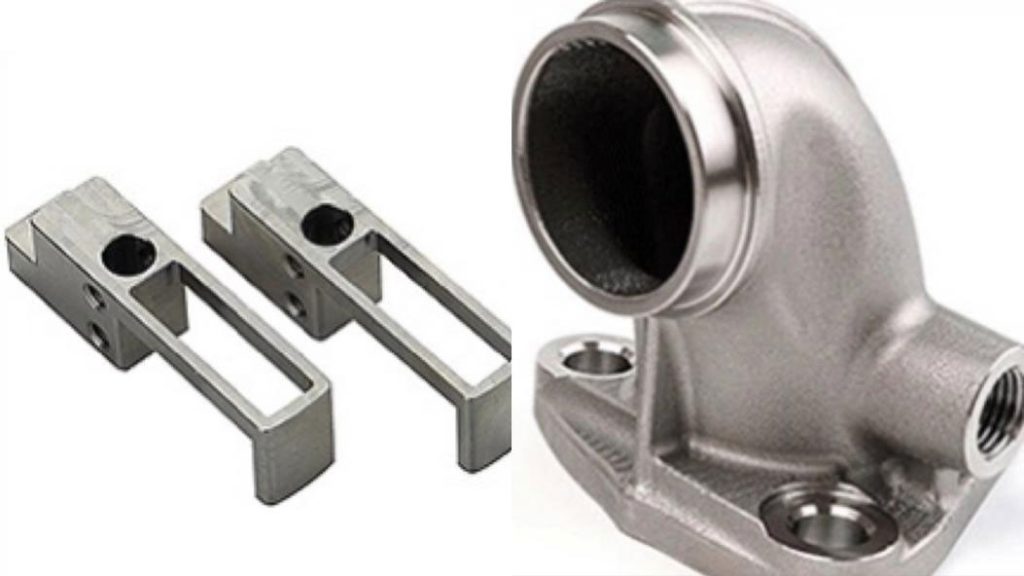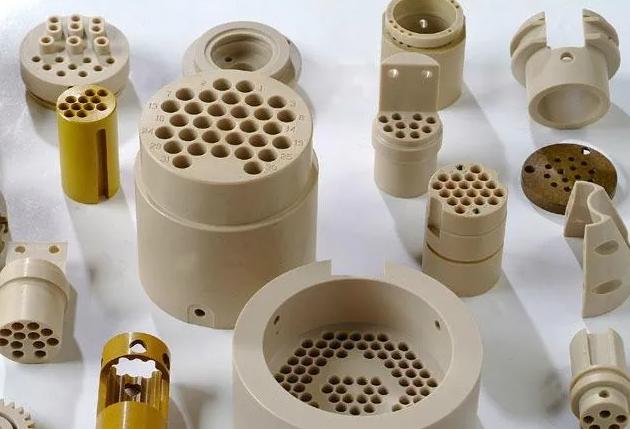In today’s dynamic business landscape, where innovation and speed are critical for success, rapid prototyping has emerged as a game-changing approach to product development. Rapid prototyping allows organizations to quickly transform ideas into tangible prototypes, enabling faster iteration, validation, and refinement of designs. Whether it’s creating a physical model, a software interface, or a digital simulation, the goal of rapid prototyping is to accelerate the development process and deliver high-quality products to market in a timely manner.
However, to harness the full potential of rapid prototyping, it is essential to follow a set of best practices that optimize the outcomes and maximize the benefits of this agile methodology. By adhering to these practices, businesses can streamline their product development processes, reduce costs, and deliver innovative solutions that resonate with customers.
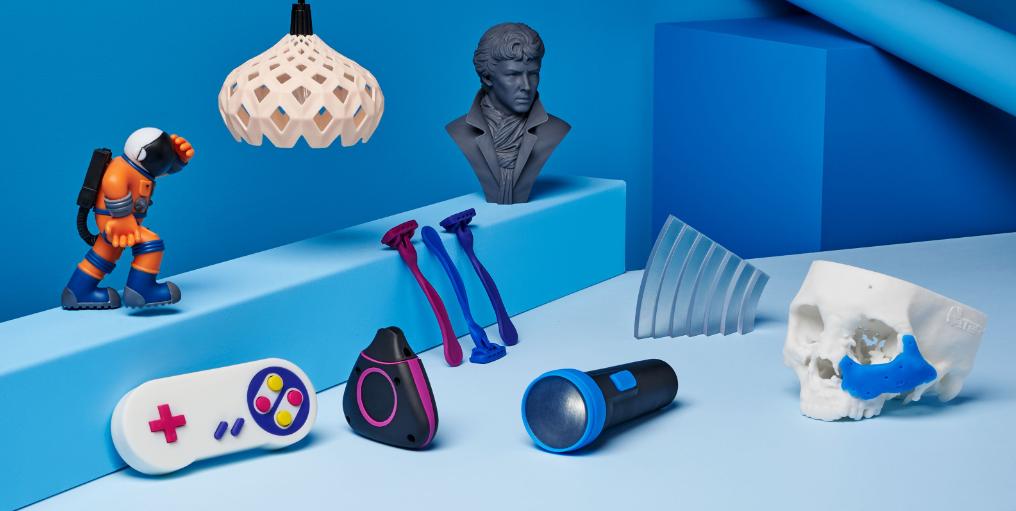
Here are 9 key practices to consider:
- Clearly Define Objectives and Scope
Clearly define the objectives, goals, and scope of the prototyping project.
Identify the problem or challenge you are trying to address through the prototype.
Set specific criteria and metrics for evaluating the success of the prototype.
- Involve Cross-Functional Collaboration
Establish a cross-functional team that includes designers, engineers, and other stakeholders.
Encourage collaboration and open communication among team members.
Foster an environment where different perspectives and expertise can contribute to the prototyping process.
- Adopt an Agile and Iterative Approach
Embrace an iterative approach to prototyping, focusing on quick iterations and continuous improvement.
Break down the project into smaller, manageable milestones or sprints.
Gather feedback early and often to inform subsequent iterations and refinements.
- Start with Low-Fidelity Prototypes
Begin with low-fidelity prototypes, such as sketches, wireframes, or simple 3D models.
Low-fidelity prototypes allow for quick exploration of design concepts and early validation of ideas.
Gradually increase the fidelity of the prototypes as the project progresses and more details are refined.
- Test and Validate Assumptions
Conduct regular user testing and gather feedback to validate assumptions and verify the prototype’s usability.
Use techniques like usability testing, interviews, surveys, or focus groups to collect user insights.
Iterate based on the feedback received and make necessary adjustments to improve the prototype.
- Consider Materials and Manufacturing Constraints
Take into account the materials and manufacturing processes that will be used for the final product.
Ensure that the prototype is representative of the intended manufacturing process and materials as much as possible.
Consider factors such as cost, feasibility, and scalability when selecting materials and manufacturing techniques.
- Embrace Rapid Prototyping Technologies
Explore and leverage various rapid prototyping technologies and tools mentioned earlier.
Choose the appropriate techniques based on the project requirements, timeline, and budget.
Stay updated with emerging technologies and advancements in the field of rapid prototyping.
- Document and Learn from the Process
Maintain clear documentation of each iteration and the lessons learned.
Capture insights, feedback, and design decisions throughout the prototyping process.
Use this documentation to track progress, communicate with the team, and refer back for future projects.
- Iterate and Refine
Continuously iterate and refine the prototype based on user feedback and evolving project requirements.
Be open to making changes and adapting the design as new insights emerge.
Regularly revisit the project objectives and ensure that the prototype aligns with the desired outcomes.
Summary
Effective rapid prototyping is a catalyst for innovation and a strategic advantage in today’s fast-paced business landscape.
Clear definitions of objectives, involving cross-functional collaboration, and adopting an agile and iterative approach form the foundation of successful rapid prototyping projects. Considering materials and manufacturing constraints, embracing rapid prototyping technologies, and documenting the process are vital steps in enhancing the efficiency and effectiveness of prototyping efforts. These practices enable businesses to minimize costs, reduce time to market, and deliver high-quality products that meet customer expectations.
By valuing user feedback and incorporating iterative improvements, organizations can fine-tune their prototypes, mitigate risks, and optimize user experiences. The ability to swiftly identify and address design flaws or usability issues accelerates problem-solving and ensures that the final product is well-received in the market.
In today’s competitive landscape, the significance of rapid prototyping cannot be overstated. By implementing the best practices discussed here, organizations can harness the power of rapid prototyping to drive innovation, adapt to market demands, and gain a competitive advantage. By embracing these practices, businesses can confidently navigate the product development journey, leading to successful outcomes and continued growth in their respective industries.
Looking for an Effective rapid prototyping services provider? JTR can help you. Please feel free to contact us.


